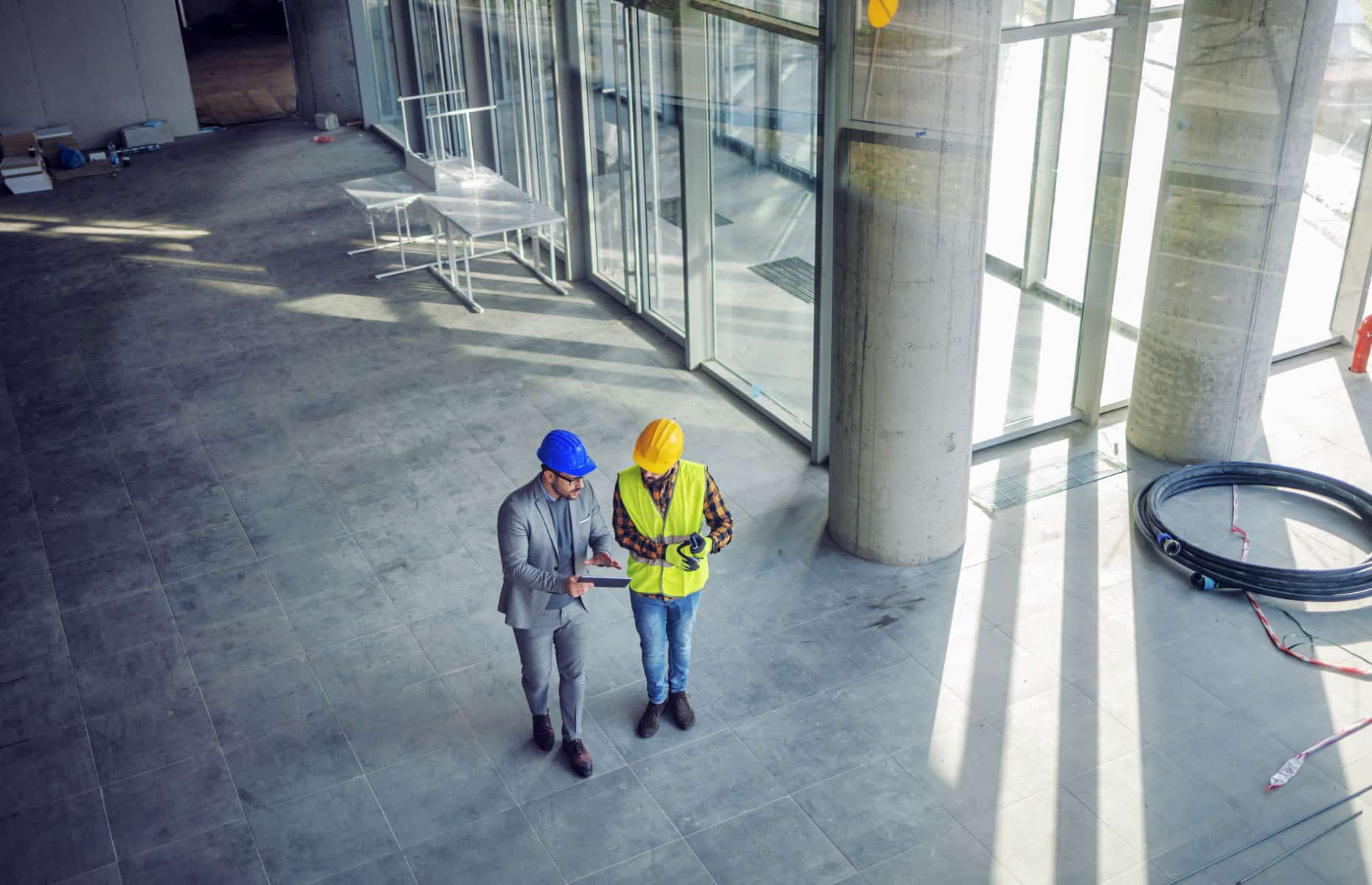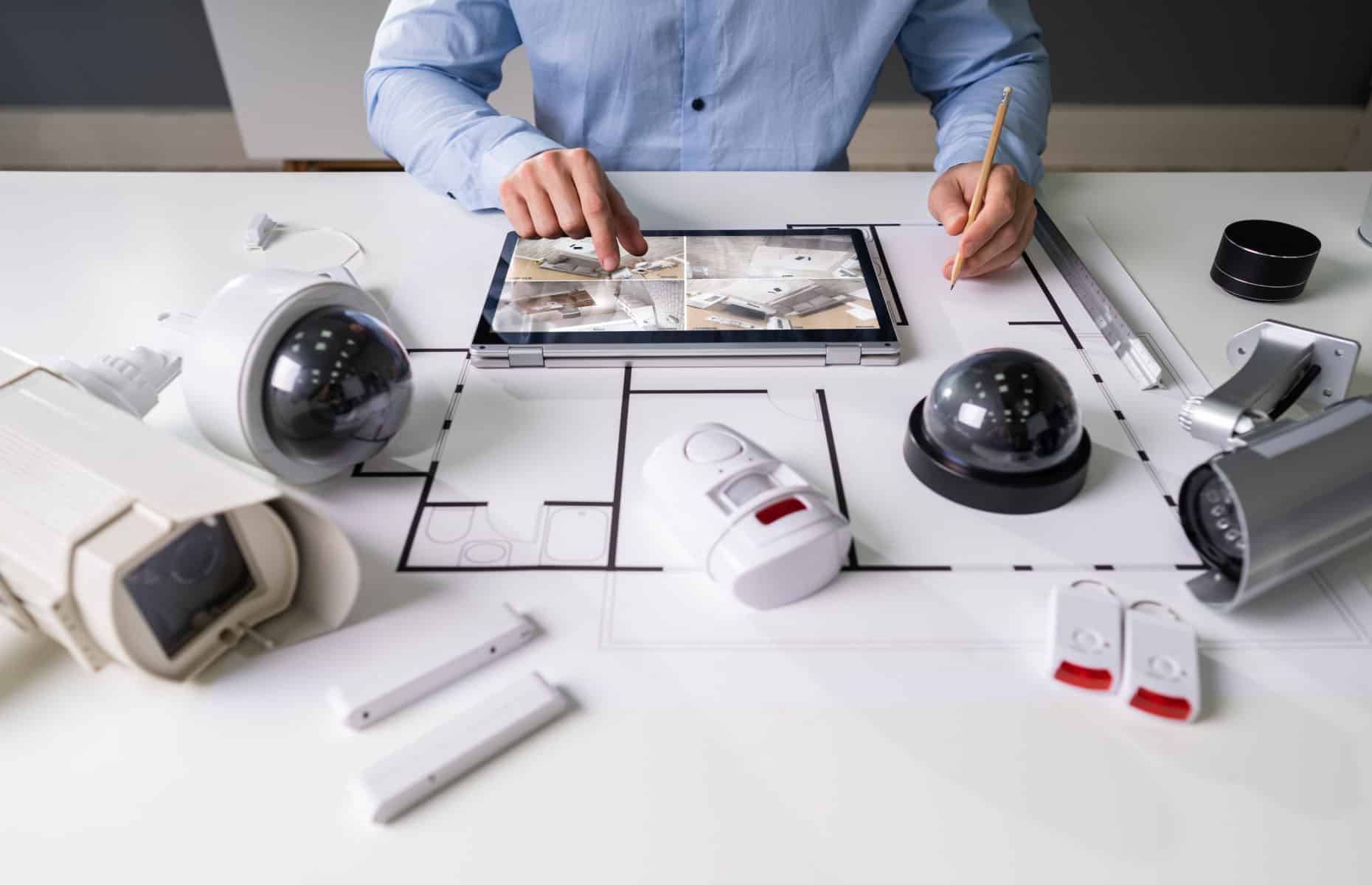Enter your email address to receive the latest ITVET news, market insights, and useful IT tips.
With the government’s ambitious 2050 net zero target, energy efficiency has become a top priority for the commercial property industry. Most of the attention has been on new-build energy performance, but existing buildings also pose a challenge.
In this article, we explain why the property industry needs to shift its focus to commercial retrofitting in order to meet these ambitious targets. And we’ll show you how we used smart energy management and IoT solutions to transform the ITVET office.
What is a commercial building retrofit and why is it important?
A commercial building retrofit refers to a renovation project that aims to improve the energy efficiency of existing buildings. The sustainable retrofitting of commercial buildings is critical if the property industry is to achieve net zero. Commercial buildings are responsible for 23% of the built environment’s carbon emissions. Furthermore, experts estimate that 80% of our existing buildings will still be in use in 2050.
Benefits of retrofitting
A commercial retrofit offers significant value beyond meeting net zero targets.
Here are some of the wider benefits of retrofitting:
- Environmental impact: Improving the energy efficiency of your commercial building will help reduce your carbon footprint.
- Cost savings: With energy bills and operational costs remaining high, introducing energy saving measures could save your business money.
- Compliance with regulations: Ensuring compliance with evolving environmental and building regulations to avoid penalties and legal issues.
- Improved comfort: Enhancing work environments for occupants can help improve tenant satisfaction and retention rates.
- Enhanced property value: Strengthening your asset’s sustainability credentials can help boost its value.
- Improved operational efficiency: Incorporating smart building technologies can enhance your building’s operational efficiency.
- Attract eco-conscious tenants: Sustainable retrofitting can enhance your property’s appeal and attract eco-conscious tenants.
Commercial building retrofit vs new build
There are two approaches for achieving a net zero building – construct a new building from scratch or retrofit the existing one. The best option is to retrofit wherever possible as it uses half the carbon associated with the construction of a new build. Commercial retrofits are also easier, more cost-effective and less disruptive to your building operations. So, the question isn’t whether to retrofit, but how deep and how soon to retrofit?
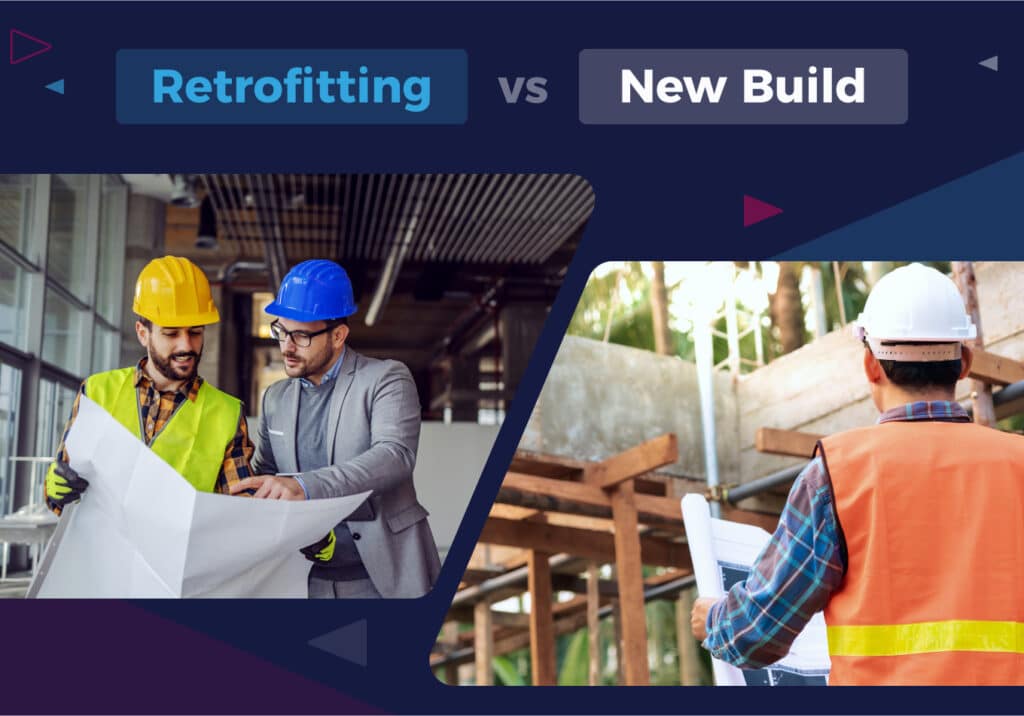
Digitalisation: The key to meeting your net zero targets
It’s hard to set high standards for your building’s sustainability if you rely solely on human compliance. Humans are inherently unreliable and forgetful creatures. Mistakes happen. Whether it’s leaving the light on in the toilets, forgetting to switch off your computer at the end of the day or leaving a tap to drip.
Smart building features incorporated into traditional building infrastructure minimise human error. For example, sensors can detect when someone leaves a room so the lights can automatically switch off behind them.
IoT and energy efficiency
IoT (Internet of Things) is transforming the commercial property industry by making buildings more sustainable. It’s a network of physical objects that connect and exchange data with each other over the internet. The central building management system (BMS) is the overarching platform that interlinks all the IoT systems, allowing them to communicate with each other and work seamlessly together.
Three key components:
- Smart sensors – Smart sensors for monitoring and controlling energy usage in your building.
- Automation – Automated controls in specific rooms and defined spaces to optimise energy usage based on pre-defined parameters such as time of day, occupancy, temperature, or other factors.
- Data analytics – Collects data such as temperature, lighting and ventilation data. Analysing energy usage is key to reducing the carbon footprint of your property portfolio.
These smart features and the data they collect give you invaluable information about your building and add functionality to even the most mundane items. For example, bin sensors can alert you when they require emptying and it logs the data it collects so you can monitor how much waste your company disposes of.
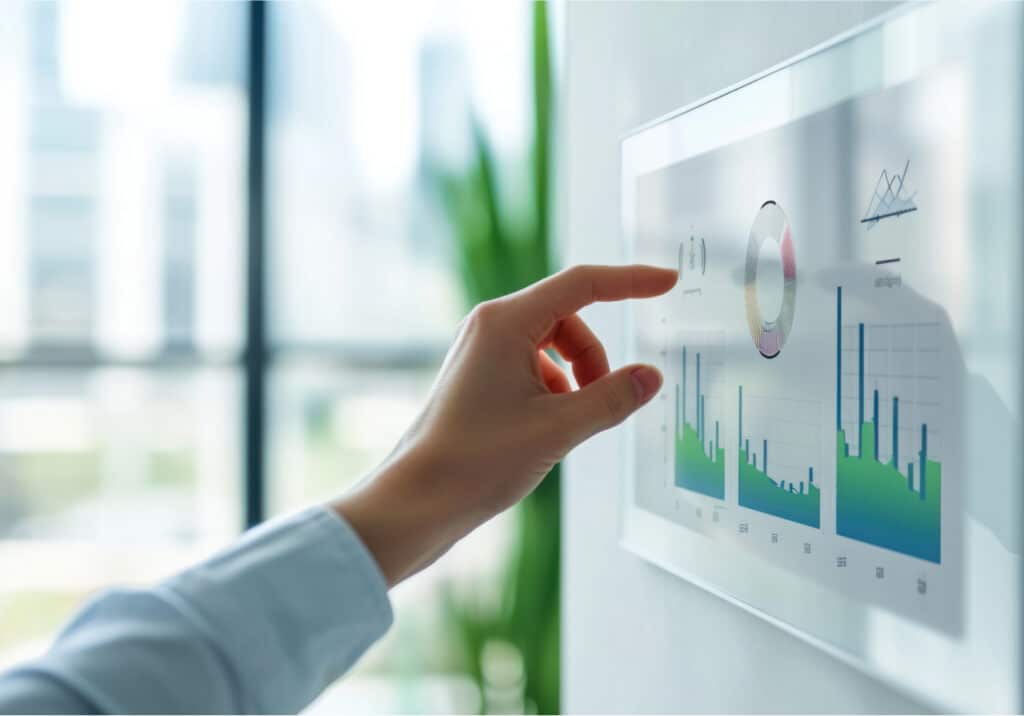
Smart building retrofitting case study
We’ve transformed our ITVET office into an energy efficient smart building by introducing a range of IoT sensors and data monitoring features. This is by no means a deep retrofit, but it’s certainly the beginning of our journey towards net zero.
Here’s a breakdown of the smart features we’ve installed:
Smart building automation in action
Like many heating systems, the ITVET office previously had just one main thermostat with thermostatic valves at each radiator. When nobody was working in a room, it still heated up, unless individual radiators were manually switched off.
We’ve now installed temperature sensors to automatically adjust the temperature accordingly to avoid energy wastage and ensure a comfortable work environment. Our heating and air-conditioning are all centrally controlled by our BMS to make it easier to manage.
We’ve also installed power socket controllers to automatically turn off computer monitors at 7pm each night. Switching off non-essential equipment when not in use is an easy way to make savings, but it’s often overlooked. Smart building automation can help avoid wasting energy on equipment that’s not in use.
Smart building management system
All our smart features integrate into our smart building management system (BMS). A BMS is an intelligent software platform that centrally monitors and controls the technical systems within a building such as temperature, lighting, and security systems.
At ITVET, we built our own BMS with custom features to ensure it works efficiently for our office to maximise cost and energy savings.
Our BMS aggregates data from all our systems into one central, easy-to-use dashboard. This makes it easy to access and monitor our data to maximise the efficient use of power and utilities in our building. We’ve also set parameters to enable the smart management of our systems, particularly the ones with the heaviest power usage.
The wider impact of data analytics
Our IoT devices constantly capture data so we can understand how we’re using our building and zero in on areas of high usage. This enables us to make responsible decisions to optimise our energy consumption and create a comfortable work environment for our employees.
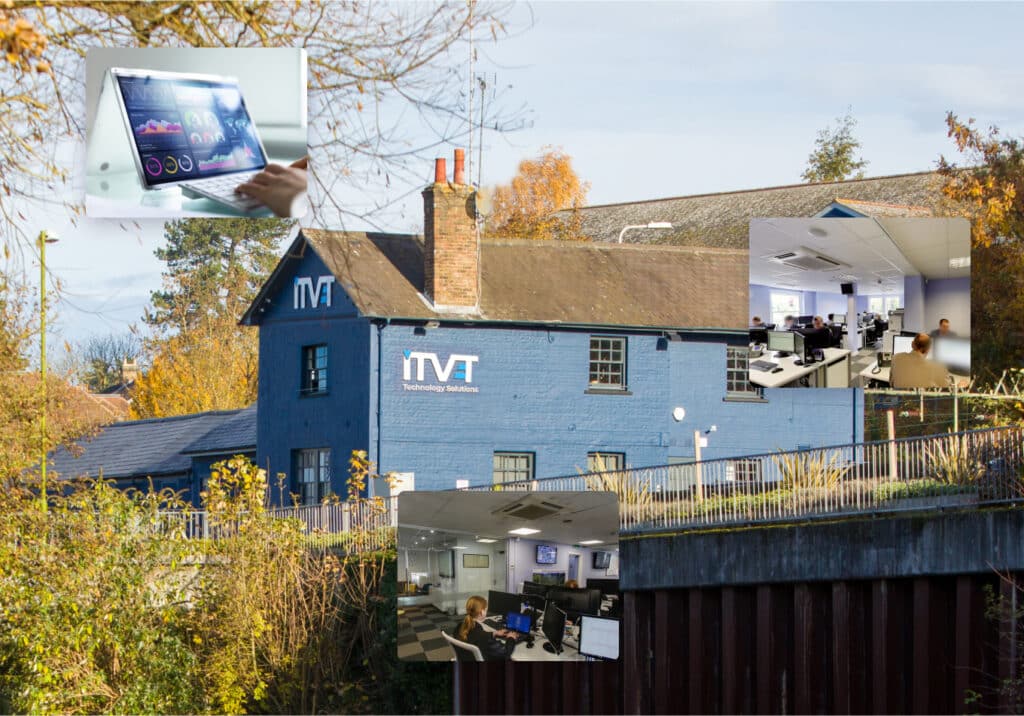
Conclusion
As a company founded with an eco-conscious purpose, we’re helping drive this transformation. Commercial retrofitting is a win-win solution that enables businesses to meet their net zero requirements while enhancing asset value, reducing operational costs, and improving rental yields. It’s not only environmentally responsible, but it’s increasingly expected by tenants and investors.
ITVET is a leading provider of technology and data solutions for the commercial property industry. Discover how our smart building consultancy team can help you leverage smart technology to bridge the gap to net zero. Get in touch today.


